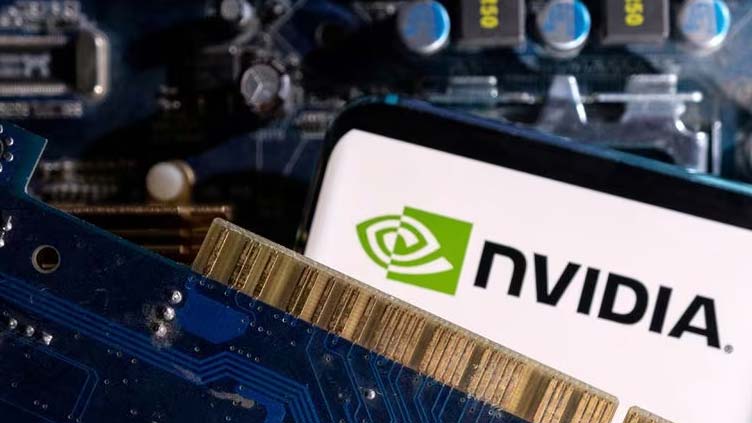AI leader Nvidia rises as forecast tops Wall Street's lofty goals

Technology
The top chip supplier was set to add more than $230 billion to its market value
(Reuters) - Nvidia shares climbed 12% before the bell on Thursday as booming demand for its AI chips helped the company forecast quarterly revenue much above Wall Street's lofty expectations, lifting AI and tech stocks globally.
The top chip supplier was set to add more than $230 billion to its market value, taking it closer to $2 trillion for the first time and reclaiming its spot as Wall Street's third most valuable firm.
Gains in Nvidia lifted aspiring AI competitor Advanced Micro Devices (AMD.O) 5.7%, while Super Micro Computer (SMCI.O) climbed 14.4% and Arm Holdings rose 9.5%. The iShares semiconductor ETF (SOXX.O) added 4.3%.
Soaring demand for Nvidia's chips used by companies rushing to upgrade their AI offerings helped the Silicon Valley firm, forecast first-quarter revenue growth of 233%, ahead of Wall Street expectations of 208% rise.
The midpoint of the forecast was $24 billion, which was above market expectations of $22.17 billion.
"Nvidia continues to deliver in every way, and its results show there is still plenty of growth ahead. This isn't just a flash in the pan, nor a bubble, but a business that continues to make serious cash," said Josh Gilbert, Market Analyst at eToro.
Expectations heading into the results were very high, with shares Nvidia surging nearly 36% this year to become the best performing S&P 500 (.SPX) stock and notching a record high just last week.
The share surge that fueled S&P 500's (.SPX) climb to record highs this year had sparked fears that growth at Nvidia, the bellwether for AI demand, could disappoint and potentially disrupt the market rally.
The overnight rally in chip stocks added 1.9% to Nasdaq 100 futures and lifted Wall Street futures, while Japan's Nikkei share average (.N225) surged to a record high, eclipsing the 1989 bubble-era peak.


